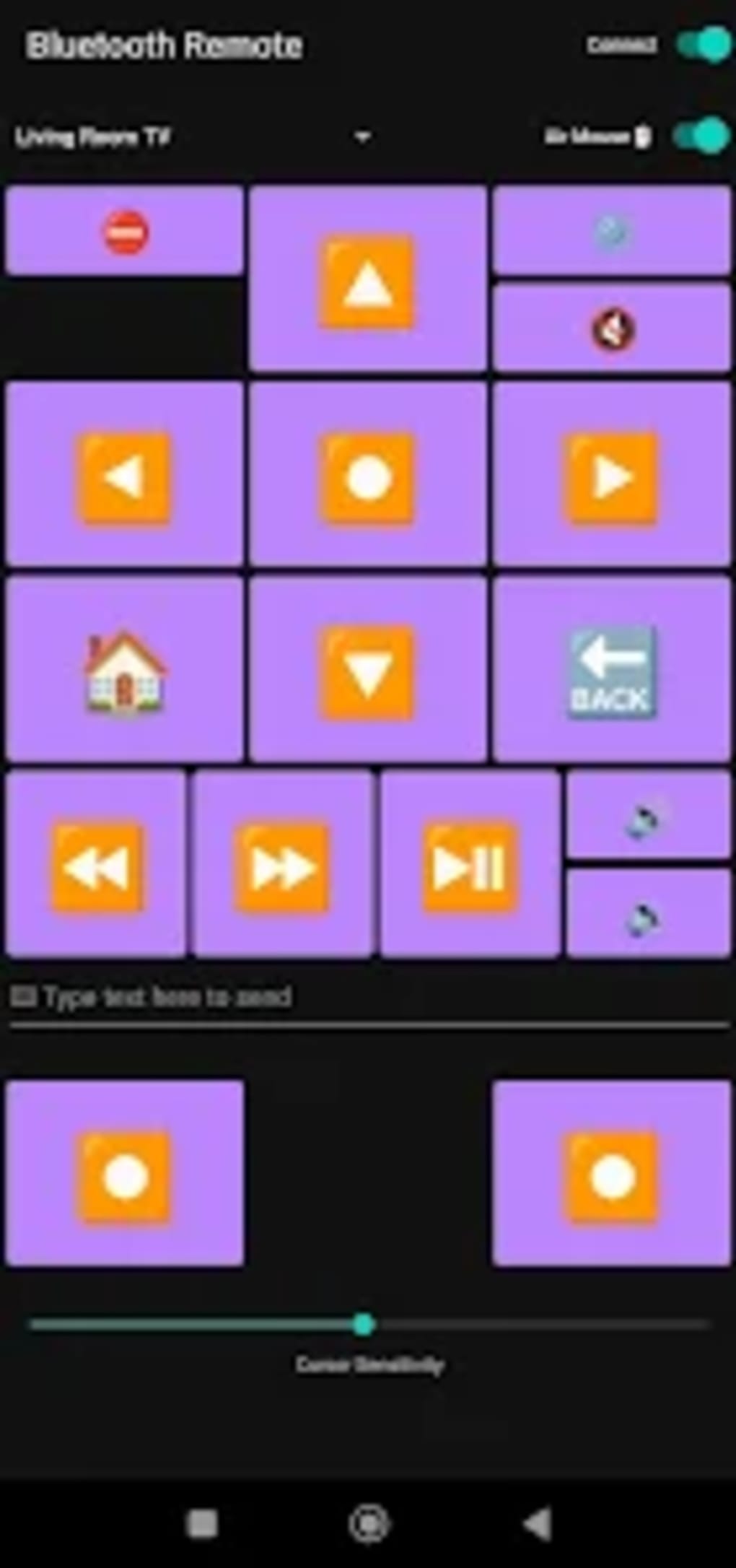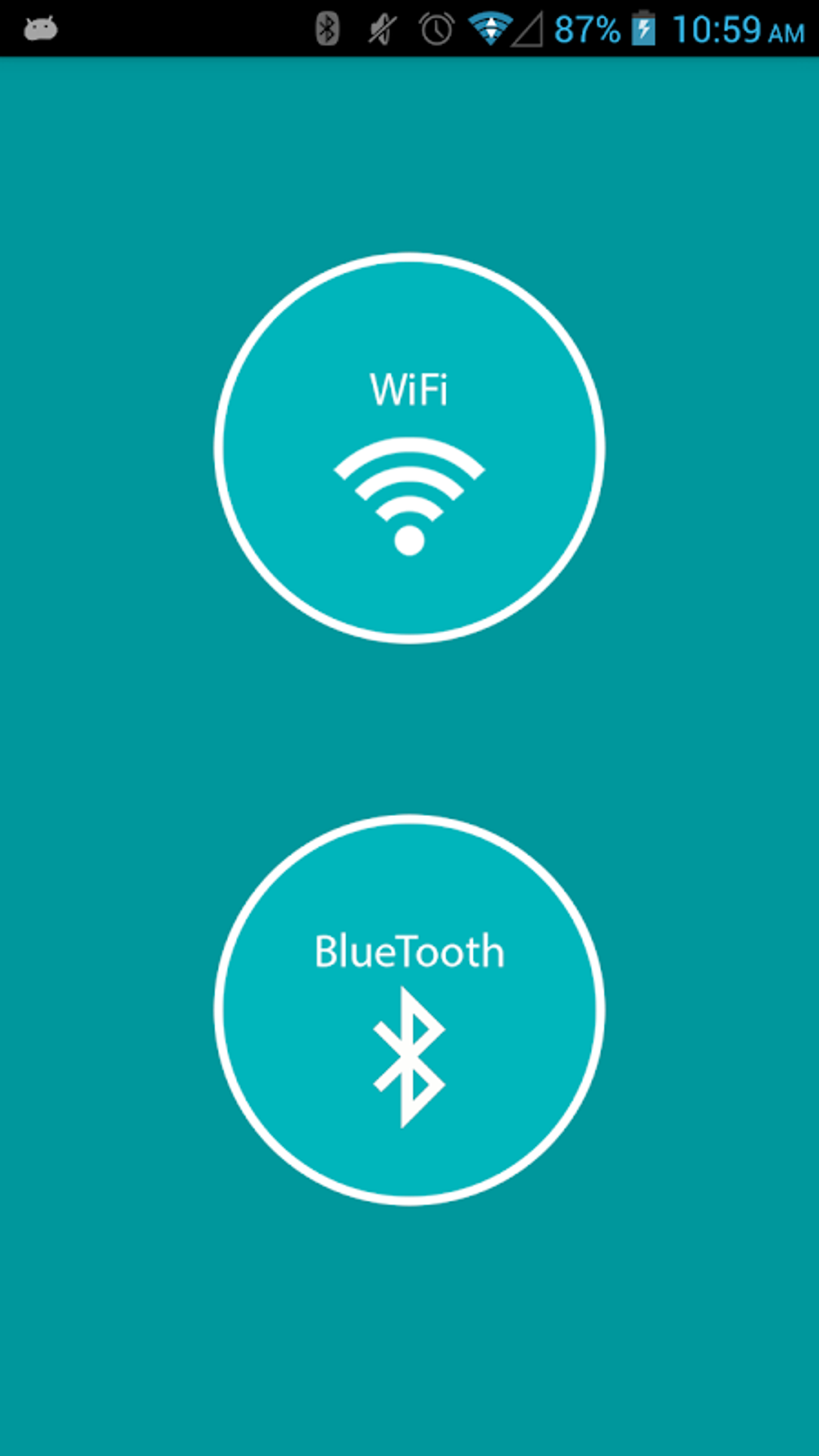In today's digital age, remote IoT devices on Android have become a cornerstone of modern technology, enabling seamless connectivity and control over various smart devices from anywhere in the world. Whether you're a tech enthusiast, a developer, or a casual user, understanding how to harness the power of IoT devices through your Android smartphone or tablet is essential. This guide will delve into everything you need to know about remote IoT devices on Android, including setup, security, and optimization tips.
As the Internet of Things (IoT) continues to grow, more and which devices are becoming interconnected, making our lives easier and more efficient. From smart home systems to wearable technology, the possibilities are endless. However, with great power comes great responsibility, and it's crucial to ensure that your remote IoT setup is secure and reliable.
This comprehensive article will explore the ins and outs of remote IoT devices on Android, providing you with expert insights, actionable tips, and valuable resources to help you take full advantage of this cutting-edge technology. Let's dive in!
Table of Contents
- Introduction to Remote IoT Devices on Android
- What Are IoT Devices?
- Setting Up Remote IoT Devices on Android
- Securing Your Remote IoT Devices
- Best Apps for Managing IoT Devices
- Understanding IoT Connectivity
- Optimizing IoT Performance on Android
- Troubleshooting Common Issues
- The Future of Remote IoT Devices
- Conclusion
Introduction to Remote IoT Devices on Android
Why Remote IoT Devices Matter
Remote IoT devices on Android have revolutionized the way we interact with technology. By enabling users to control smart devices from afar, these systems provide unparalleled convenience and flexibility. Whether you're adjusting your home thermostat, monitoring security cameras, or managing industrial equipment, remote IoT solutions make it possible to stay connected and in control.
According to a report by Statista, the number of IoT devices worldwide is expected to surpass 25 billion by 2025, showcasing the rapid adoption of this technology. As more people integrate IoT devices into their daily lives, understanding how to leverage them effectively becomes increasingly important.
Key Benefits of Remote IoT Devices
Here are some of the key benefits of using remote IoT devices on Android:
- Enhanced convenience and accessibility
- Improved energy efficiency and cost savings
- Increased security and peace of mind
- Streamlined management of multiple devices
What Are IoT Devices?
IoT devices refer to any physical objects embedded with sensors, software, and connectivity capabilities that allow them to collect and exchange data over the internet. These devices range from simple household appliances to complex industrial machinery, all designed to enhance automation, efficiency, and user experience.
In the context of remote IoT devices on Android, these systems enable users to monitor and control their connected devices from their smartphones or tablets. This capability opens up a world of possibilities, allowing individuals and businesses to optimize their operations and improve their quality of life.
Setting Up Remote IoT Devices on Android
Step-by-Step Guide
Setting up remote IoT devices on Android involves several key steps. Below is a detailed guide to help you get started:
- Choose the Right IoT Devices: Select devices that are compatible with Android and offer robust remote control capabilities.
- Install Necessary Apps: Download and install the official apps provided by your IoT device manufacturers.
- Connect Devices to Wi-Fi: Ensure all your IoT devices are connected to the same Wi-Fi network as your Android device.
- Pair Devices: Follow the manufacturer's instructions to pair your Android device with the IoT devices.
- Test Connectivity: Verify that you can successfully control your IoT devices remotely using your Android device.
Best Practices for Setup
To ensure a smooth setup process, consider the following best practices:
- Use a strong and secure Wi-Fi network.
- Keep your Android device and IoT apps up to date.
- Follow the manufacturer's guidelines carefully.
- Test your setup in different scenarios to ensure reliability.
Securing Your Remote IoT Devices
Common Security Threats
While remote IoT devices on Android offer numerous benefits, they also pose potential security risks. Some common threats include:
- Data breaches
- Unauthorized access
- Firmware vulnerabilities
- Malware attacks
How to Secure Your IoT Devices
Protecting your remote IoT devices on Android requires a proactive approach. Here are some effective strategies:
- Use strong, unique passwords for all your devices and accounts.
- Enable two-factor authentication whenever possible.
- Regularly update your device firmware and apps.
- Monitor your devices for suspicious activity.
Best Apps for Managing IoT Devices
Popular IoT Management Apps
Several apps are designed specifically for managing IoT devices on Android. Some of the most popular options include:
- Google Home: A versatile app for controlling smart home devices.
- Amazon Alexa: Offers seamless integration with a wide range of IoT devices.
- SmartThings: Provides advanced automation and customization features.
Key Features to Look For
When choosing an IoT management app, consider the following features:
- Compatibility with your devices
- Ease of use and intuitive interface
- Customization options
- Security features
Understanding IoT Connectivity
Types of IoT Connectivity
IoT devices rely on various connectivity protocols to communicate with each other and the internet. Some of the most common protocols include:
- Wi-Fi: Ideal for high-speed, short-range communication.
- Bluetooth: Suitable for low-power, short-range applications.
- Zigbee: Offers low-power, long-range connectivity for smart home devices.
Choosing the Right Protocol
Selecting the appropriate connectivity protocol depends on factors such as range, power consumption, and data transfer requirements. For remote IoT devices on Android, Wi-Fi is often the preferred choice due to its speed and reliability.
Optimizing IoT Performance on Android
Tips for Better Performance
Optimizing the performance of your remote IoT devices on Android involves several strategies:
- Minimize network interference by positioning devices strategically.
- Use quality Wi-Fi routers with strong signal strength.
- Limit the number of devices connected to your network.
- Regularly reboot your IoT devices and router.
Advanced Optimization Techniques
For users seeking even greater performance, consider the following advanced techniques:
- Implement Quality of Service (QoS) settings on your router.
- Use mesh networking for improved coverage.
- Invest in devices with dual-band Wi-Fi capabilities.
Troubleshooting Common Issues
Identifying Problems
When troubleshooting remote IoT devices on Android, start by identifying the root cause of the issue. Common problems include:
- Connection drops
- Slow response times
- Inconsistent device behavior
Solutions and Fixes
Here are some solutions to common issues:
- Restart your devices and router.
- Update firmware and apps to the latest version.
- Check for network congestion and reduce the number of connected devices.
The Future of Remote IoT Devices
Emerging Trends
The future of remote IoT devices on Android looks promising, with several exciting trends on the horizon:
- Increased adoption of 5G technology for faster connectivity.
- Advancements in AI and machine learning for smarter automation.
- Integration with augmented reality (AR) and virtual reality (VR) systems.
Potential Applications
As IoT technology continues to evolve, its applications will expand into new domains, including:
- Smart cities and infrastructure
- Healthcare and telemedicine
- Industrial automation and robotics
Conclusion
In conclusion, remote IoT devices on Android offer unparalleled convenience, efficiency, and control over our connected world. By understanding the fundamentals of IoT technology, setting up your devices securely, and optimizing their performance, you can fully harness the potential of this transformative technology.
We encourage you to share your thoughts and experiences in the comments section below. Additionally, feel free to explore our other articles for more insights into the world of IoT and Android technology. Together, let's shape the future of connectivity!


